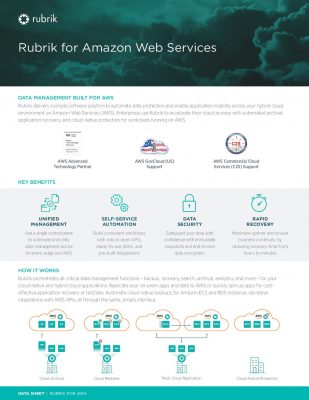BYOD (Bring your own devices) is a feature provided by the enterprises to their employees allowing them to bring personal gadgets and stay connected with the corporate network. The BYOD facility is provided by the enterprise to the employees only to get the significant impetus towards workforce productivity and a more flexible environment. The device can either be a smartphone, a personal laptop or a tablet. With increased demand for the mobility solutions, organizations have been directed to develop different acronyms such as CYOD (Choose your own Device), Bring Your Own Application (BYOA) and Bring your own Technology (BYOT). Over the last half a decade we have seen a significant rise in the mobile devices and so the importance of the BYOD practices has towered up across all industry.
The global market for the Bring Your Own Device (BYOD) is expected to reach $181.39 billion by 2017. Implementing BYOD policies, enterprises are all set to increase worker satisfaction and convenience. Almost 74 percent of the organizations are either planning or utilizing the BYOD trend. BYOD is set to expand but it will imperative for both employees and employers to adopt security framework, employers must ensure that the security infrastructure in place and employees should follow the regulated settings while using the enterprise network.
Enterprises are now adopting the insurance coverage for their data risks, the insurance industry must plan well ahead about various security implications and risks associated with each of them. Enhance the existing offerings that protect companies against new and emerging risks associated with BYOD. Insurance coverage will be an added layer of security that can give third-party perspective to the data security, this will provide enterprises with protection and coverage options they need. While the data protection evolves, businesses across the globe should stay informed on the risks, benefits and insurance implications associated with BYOD in the workplace.
Bringing the benefits of using the BYOD in an enterprise environment
Saving cost
With a complete BYOD infrastructure in place, enterprises can save huge investment cost by transferring technology requirement toward the employees. As most of the employers don’t directly have to invest in the devices with the availability of the employee-owned personal device.
High level of Productivity
Each of the employees is specific about the choices they make for their personal devices, some may be using the iOS-based devices, while some prefer an Android-based device with a range of applications and pocket-friendly, while some might prefer the Windows OS. No matter what the operating system is, the employees always find it comfortable to work on their own devices rather on two different OS at work and at home.
Work environment flexibility
When dealing with BYOD employees are all set to connect with the corporate network during any time of the day, from anywhere. The employees work in a more comfortable environment increasing the employee responsiveness. The improved flexibility would mean that the employees have more control over the work environment rather than work only specified hours, this renders the employees with the required job satisfaction. Thus improving the morale of the employees and give them a good work-life balance. As a BYOD came in with a horde of benefits it also raised few other technology hassles and security-related concerns. Setting-up an effective BYOD policy will assist in embracing the acceptable usage, security, and reimburse policies to make the most of the BYOD practices. With the usage of the BYOD in enterprises, we can implement the effective use of MDM (Mobile Device Management) solutions that offer cohesive solutions to manage and control the employee-owned mobile devices that implement across various mobile operating systems that will access the organization through the network.
Important policy components of the BYOD policy
The Bring Your Own Device policy is certainly a combination of rules that should be followed by the employees/ users of an organization who will be able to connect specified personal devices to the enterprise network. Following will be the defector components that need to specify.
1. If personal devices can be made mandatory for usage in the work environment.
2. The enterprises need to aware that whether all the employees will be willing to work on their own devices or a specific set of employees.
3. Continuous up-gradation of the policies to determine whether the specific device is verified to log in the enterprise
4. The employee should follow security regulations when using personal devices are connected to the corporate network.
Security Challenges
1. Sensitive data such as personal, identifiable information and enterprise intellectual information can be transmitted without adequate protection. This can be an added security risk as the data can be leaked to the third parties.
2. Compromised devices and user credentials could be used as an entry point in the enterprise Such attacks can be a fatal blow to the company reputation, as any type of intellectual property can be transmitted that might seek to access high-value enterprise assets. The compromised device can also act as a passage to user tracking and various personal information to its benefit. Such type of attackers can gain favors from the device users to provide more of the confidential business data.
Conclusion
The current devices add many of the security challenges to the list of enterprise threats but ignoring the BYOD will sabotage the employee productivity and growth. Various solutions like Mobile Device Management (MDM) and Enterprise Mobility Management (EMM) can add a security layer for the devices that connect with enterprise network but it’s imperative that we maintain robust security solutions that can cope with future technologically challenges.
To know more about Mobility Management, you can download our whitepapers.





























































